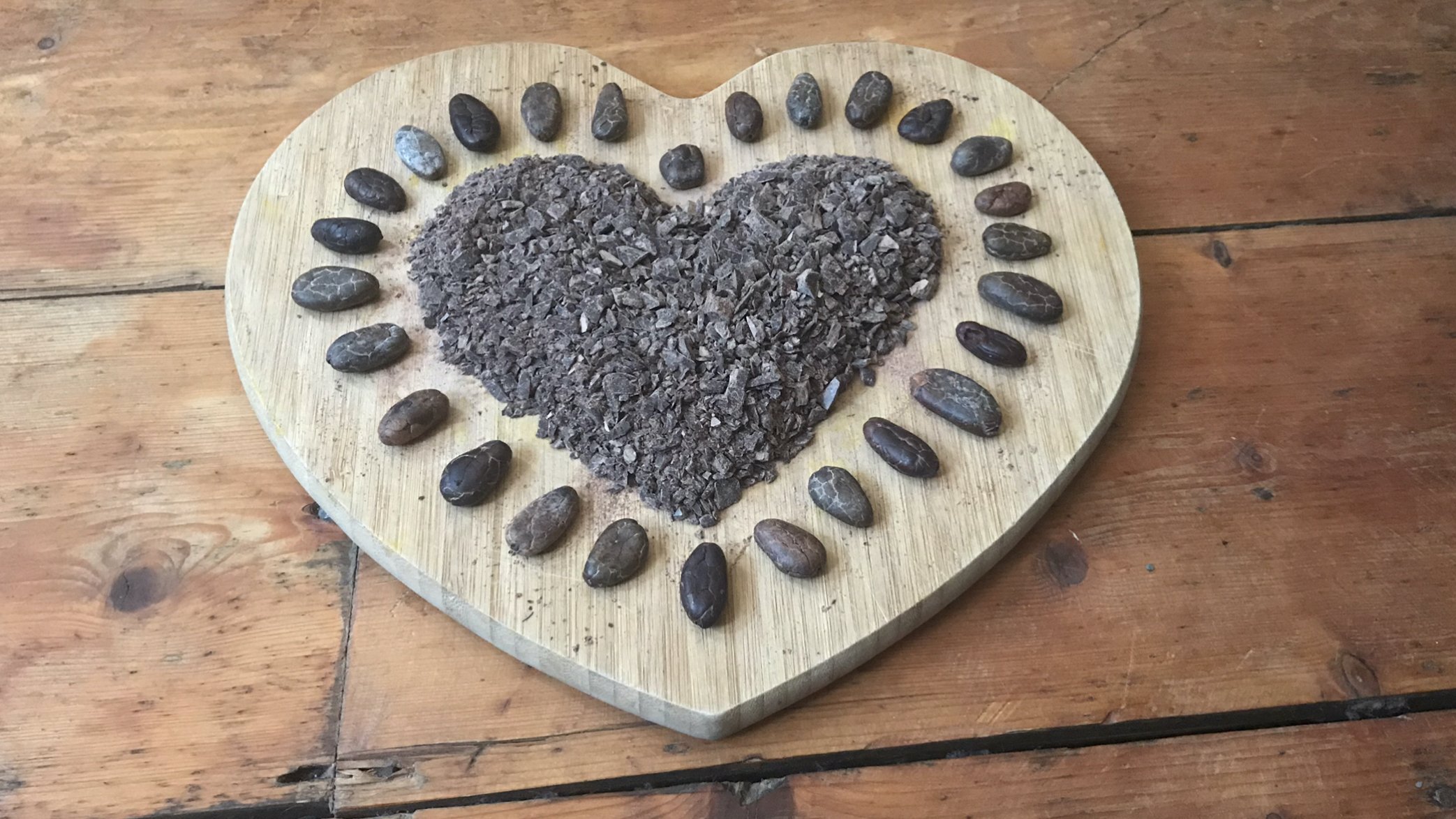Whole-Hearted Cacao
It all begins with an idea.
Cardiovascular disease is the primary chronic disease of industrialised societies today. It is related to conditions of atherosclerosis-hardening of the arteries, and thrombosis- blockage of blood vessels that feed the heart with oxygenated blood. These in turn have multiple causes involving the lining of blood vessels, the body’s response to inflammation - and this can becaused by many things - including chronic stress - the lipid (fat) content of the blood and the degree to which blood platelets (that form a clotting response which is life-saving in the right context) aggregate and clot.
Many studies have shown that diets including high levels of antioxidant vitamins and plant flavonoids are associated witha lower incidence of cardiovascular mortality - such foods include many fruits, berries and vegetables, such as apples and onions, green tea, red wines and some chocolates. Some of these foods have become known as ‘superfoods’ in the media, and cacao is considered to be one of them. The idea that dark, high cacao content (therefore low sugar and milk-free) chocolate is actually good for us, is coming back into consciousness! From the middle of the seventeenth century, when cacao became more widespread in Europe, the idea that cacao as a beverage was helpful for health was accepted; it was said that it...’comforted the liver, aided in digestion, and made one happy and strong...’ it was also used for the treatment of anaemia, and was given to strengthen the heart and for the treatment of heart pain. Some of the references to cacao from Aztec and Spanish primary sources include use of cacao ‘to alleviate fever and panting of breath and to treat the faint of heart’ and this ties in with descriptions of conditions that we can now associate with chain reactions in our inflammatory reaction within our immune system that when chronic, have detrimental effects on our vascular system. This too now, is seen as an inflammatory disease, as are an increasingly large number of other conditions.
Possibly chocolate fell into disregard as a source of good nutrition with its rising popularity as a confectionary mixed with milk and sugar, and also perhaps because of its high fat content: cacao butter accounts for about 50% of dry cacao beans and is what gives chocolate its lovely melting properties. Most of the fats in cacao butter are saturated fatty acids - which have gained a poor reputation in terms of heart health and the link with high blood cholesterol levels - a risk factor for thrombosis. However, the predominant saturated fatty acid in cacao -stearic acid - does not appear to have the same effecton blood lipid (fat) composition as other saturated fatty acids do, and the unsaturated fats in cacao butter will have a positive effect in that they are associated with a reduced risk for atherosclerosis. The upshot of this, is that chocolate rich diets have been shown not to increase cholesterol levels, so long as they were within the fat and calorie needs of the people bravely volunteering for this study!

